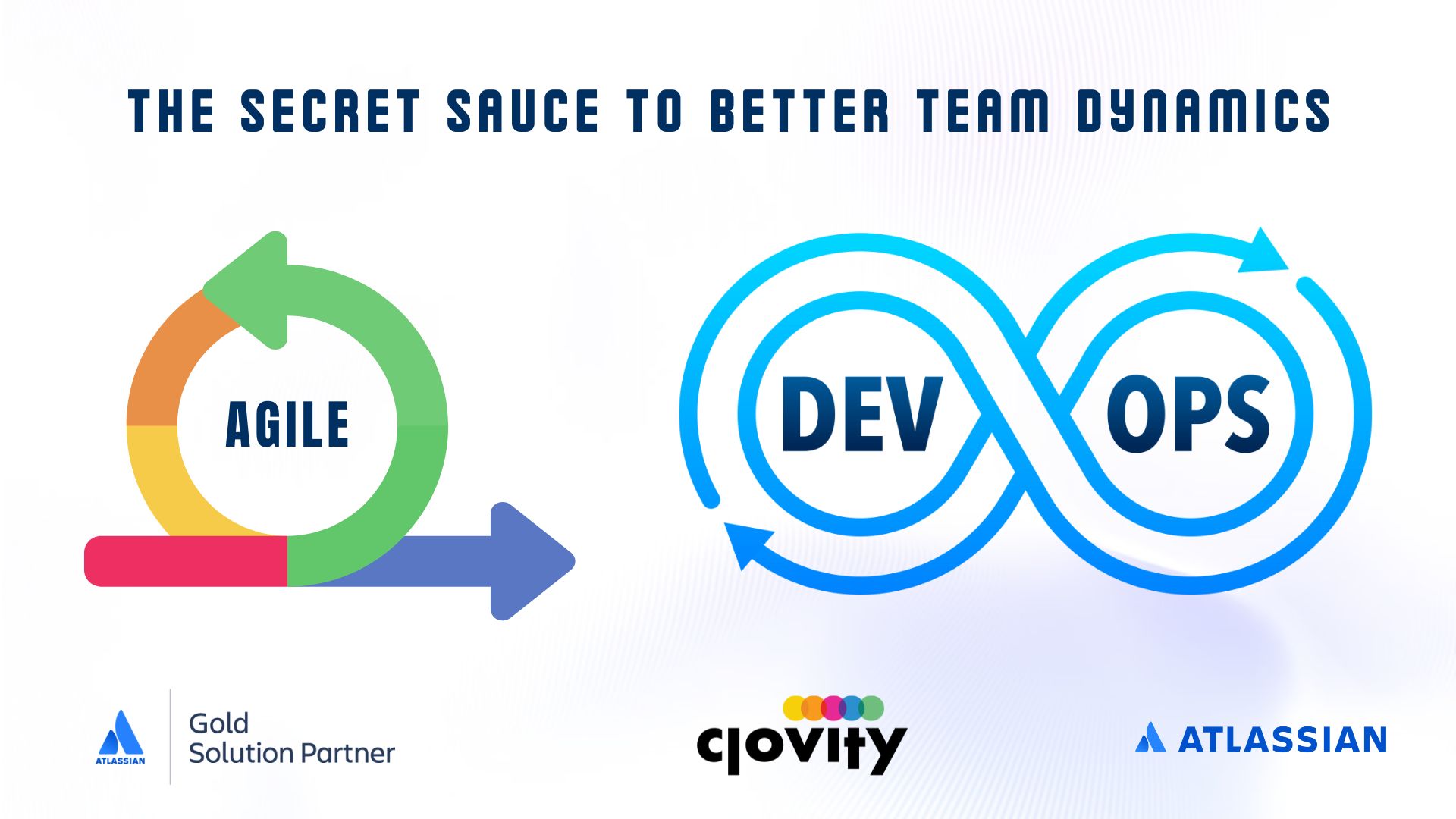Agile vs. DevOps: It sounds like the opening scene of a wrestling match, right? On one side, we have Agile with its methodologies, sprints, and retrospectives. On the other, DevOps, flexing its infrastructure muscles and automating all the things. But hereâs the twist: theyâre not opponentsâtheyâre teammates. đ
Despite their shared roots, many teams struggle to balance Agile practices with DevOps principles. Misconceptions, a lack of alignment, and clunky processes can lead to a disjointed flow, with everyone feeling like theyâre working harder, not smarter. Letâs explore how we can break these barriers, bringing Agile and DevOps together in perfect harmony.
Agile â Scrum, and DevOps â Continuous Delivery
First, letâs clear up the confusion. Agile is often mistakenly equated with Scrum, while DevOps gets reduced to Continuous Delivery (CD). Sure, Scrum and CD are part of the picture, but theyâre just slices of a much bigger pie.
Agile is about adaptability, responding to change, and delivering value iteratively. DevOps focuses on breaking down silos between development and operations, creating a culture of collaboration and continuous improvement. The magic happens when these two mindsets unite.
Scrum is Great, but It’s Not the Whole Story
Scrum is like the Swiss Army knife of Agileâversatile and incredibly useful. But itâs not a one-size-fits-all solution. For teams dealing with unpredictable work, like handling outages or security breaches, Scrumâs structured approach can feel limiting.
Enter Kanban or hybrid methods like Scrumban. These approaches allow teams to manage both planned and unplanned work. By visualizing workflows and prioritizing tasks dynamically, teams can stay responsive without sacrificing structure.
Pro Tip đĄ
Blending methodologies doesnât mean abandoning structureâit means adapting to what works best for your team. Agile principles encourage this flexibility, so donât be afraid to mix it up.
DevOps: Itâs More Than Just Automation
Letâs not reduce DevOps to a fancy pipeline. While automating builds, tests, and deployments is crucial, DevOps is fundamentally about people.
The Three Ways of DevOps
- System Thinking: Focus on optimizing the entire system, not just individual silos.
- Amplify Feedback Loops: Create mechanisms for fast, actionable feedback from operations to development.
- Culture of Continuous Learning: Encourage experimentation, take calculated risks, and embrace learning from failures.
For example, involving developers in on-call rotations (“Devs wear pagers too!”) fosters empathy and accountability. Itâs not just about solving operational issues fasterâitâs about understanding the impact of development decisions on real-world systems.
The Agile-DevOps Connection: Shared Principles
Despite their differences, Agile and DevOps share a common goal: delivering value to users quickly and reliably. Here are some ways they align:
1. Continuous Delivery Supports Agile Values
Frequent, incremental releases are at the heart of both Agile and DevOps. Continuous Delivery ensures that every code change is deployable, aligning perfectly with Agileâs emphasis on delivering working software.
2. Feedback Loops Drive Improvement
Agile teams rely on retrospectives to adapt and improve. Similarly, DevOps emphasizes feedback loops, whether through monitoring tools or customer feedback. Together, they create a virtuous cycle of improvement.
3. Collaboration Across Teams
Agile promotes cross-functional teams, while DevOps breaks down silos between development and operations. Combine the two, and you have a powerhouse of collaboration.
Breaking Down Barriers: Practical Steps
1. Align on Goals
Start by ensuring everyone is on the same page (without using that phrase, of course). Whatâs the teamâs shared objective? Whether itâs faster delivery, improved quality, or better customer satisfaction, having a clear goal helps align efforts.
2. Visualize the Workflow
Use tools like Jira Software and Confluence to map workflows, track progress, and identify bottlenecks. A shared visual system keeps everyone informed and engaged.
3. Automate, but Thoughtfully
Automate repetitive tasks to free up time for innovation. For example:
- Transition Jira issues automatically when a Pull Request is merged.
- Add comments in Jira when a build fails in Jenkins.
- Notify teams via Slack when operational thresholds are breached.
đĄ Explore the Jira Automation Template Library for ready-to-use automation ideas.
4. Foster a Learning Culture
Encourage teams to experiment and share lessons learned. Whether itâs a new coding practice or a post-incident review, the goal is continuous improvement.
5. Balance Functional and Non-Functional Priorities
Itâs easy to prioritize features over technical practices, but neglecting things like performance or security can lead to long-term issues. Consider creating a dual ownership model, with Product Owners and Service Owners collaborating on priorities.
Common Missteps and How to Avoid Them
1. Over-Reliance on Tools
Tools are enablers, not solutions. No matter how powerful your tech stack is, it wonât solve cultural or process issues.
2. Ignoring Unplanned Work
DevOps thrives on managing unplanned work efficiently. Use Kanban or hybrid methods to balance planned and reactive tasks.
3. Skipping Retrospectives
Retrospectives are your secret weapon for aligning Agile and DevOps. Use them to reflect, adapt, and keep improving.
Why Agile and DevOps Need Each Other
Agile without DevOps can result in speed without stability. DevOps without Agile can lead to efficiency without adaptability. Together, they create a balanced approach that delivers value consistently and sustainably.
Think of Agile as the “what” (prioritizing and delivering value) and DevOps as the “how” (optimizing processes to make it happen).
Ready to Build Better Teams? Letâs Connect!
At Clovity, we specialize in helping organizations integrate Agile and DevOps practices using Atlassian tools. As an Atlassian Gold Solution Partner, we have the expertise to guide your team toward seamless collaboration and efficient delivery.
đ§ Contact us at sales@clovity.com or visit đ atlassian.clovity.com to get started.
Letâs break those barriers together! đȘ


